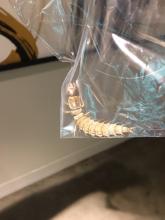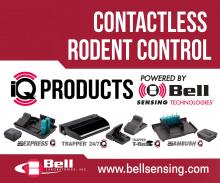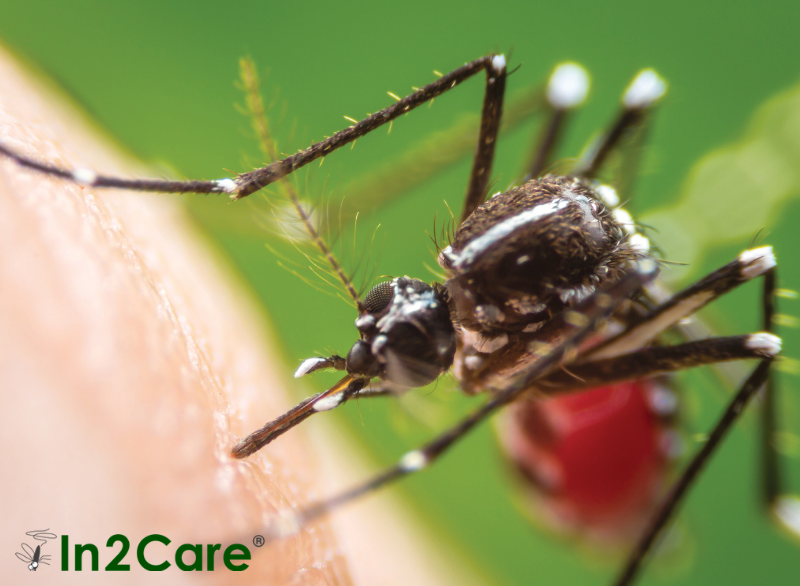Q: What is the best product for controlling spiders?

A:
From: Birmingham, AL
There are many products on the market that can be incorporated into your spider management protocol. However, in order to gain effective control, you should educate yourself on some basic spider biology, behavior, and control best practices before selecting a product.
Spiders can be a major concern for homeowners. While most do not pose a serious health threat to humans, spiders do present a great nuisance concern. Keep in mind that spiders are predators. So, in addition to a harborage areas and moisture, a food source (typically insects and other soft-bodied arthropods) are likely present. To control spiders, PMPs should identify the spider species (even noting the difference between web-builders and hunters) and then implement a comprehensive program based on inspection findings.
- Inspection & identification: An inspection, both indoors and outdoors, is critical to determine the types of spider, entry points and possible food sources. In some cases, better insect pest control can reduce the food source thereby reducing spider populations.
- Physical control methods: Excluding holes and cracks on the outside of a building and installing tight-fitting window screens and door sweeps will help prevent spiders and other pest invaders from coming inside. Removing any harborage areas by reducing clutter and knocking down webs, and regular vacuuming are good sanitation practices. Also, you can suggest that the homeowner change exterior lights by installing yellow or sodium vapor light bulbs and reduce the amount of exterior lighting used.
- Chemical control methods: Many PMPs find success using micro-encapsulated suspensions such as Onslaught® FASTCAP for spider control. These formulations allow for a longer residual which means the spider is more likely to come in contact with the product. Whatever product you choose, you should make spot applications in areas identified during the inspection. Other areas that should be treated on the interior include corners of windows, behind furniture, basements, crawl spaces and other critical areas. On the exterior, make spot treatments around windows, doors, exterior lighting, under decks, under eaves and downspouts.
Customer communication and follow-up is necessary to gain effective control. You should always review the product’s label for minimum re-treatment intervals and follow the directions for use. Ask your local Target Specialty Products representative for more information on products available in your area.










